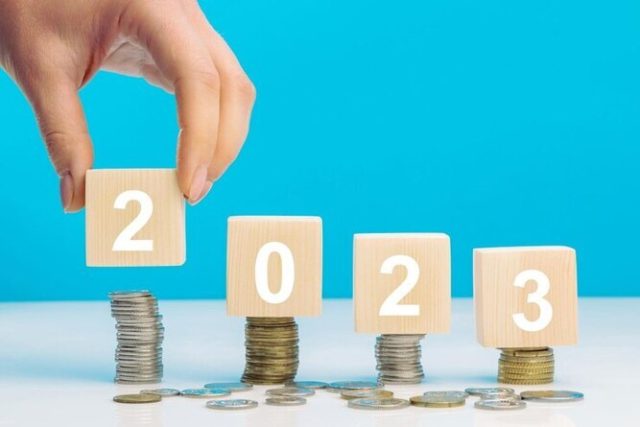February 1st, 2023, marked the presentation of the Union Budget of the year by our Hon’ble Finance Minister. The budget is a very broad concept and not every sector covered under this directly affects every individual. However, the personal finance section chiefly concerns the majority of the population. In this article, we will highlight the important aspects of this budget shaping the personal finance sector.
Major highlights of the Union budget 2023 affecting personal finance
The current year’s Union Budget has come with several modifications especially affecting the personal finance genre. Some of such highlighting features include the following:
- The new tax regime has lowered the total number of income tax slabs to 5 from the previous 7. It depicts that there will be no tax burden up to a yearly income range of INR 3 lakhs. From INR 3 lakhs- INR 5 lakhs, the tax percentage will be 5%; from INR 6 lakhs-INR 9 lakhs, it is 10%; from INR 9 lakhs-INR 12 lakhs, it is 15%; from INR 12 lakhs-INR 15 lakhs, it stands at 20%; and finally, beyond 15 lakhs, it is 30%. The income tax slab is one of the most significant areas in any Union Budget since it majorly affects the country’s taxpaying workforce.
- The new budget shows a raise in the standard deduction
- There has been a reduction highest income surcharge to 25% from 37%
- The leave encashment tax exemption limit during retirement of valid salaried employees of private firms has been considerably enhanced to INR 25 lakhs from the previous INR 3 lakhs, u/s 10 (10AA) of the IT Act
- The Senior Citizens’ Savings Scheme has been heightened well from INR 15 lakhs to INR 30 lakhs, allowing an interest rate of 8% p.a.
- The Union Budget 2023 witnessed the introduction of the all-new Mahila Samman Savings Certificate, a unique savings scheme specially designed for women. It is currently available for a period of 2 years at a 7.5% p.a. rate of interest for deposits till INR 2 lakhs, offering the facility of partial withdrawal
- For a single account in MIS, the upper limit has been raised to INR 9 lakhs from INR 4.5 lakhs, and for joint accounts, it is capped at INR 15 lakhs, rather than the previous limit of INR 9 lakhs, offering an interest rate of 7.10% p.a.
- The new tax regime has improvised the standard income tax rebate limit to INR 7 lakhs to INR 5 lakhs
- There has been a proposal for reducing TDS to 20% from 30% on the taxable part of EPF withdrawal without PAN.
- Furthermore, it has also been proposed not to treat the gains from converting gold receipts to physical gold and vice versa as capital gains.
Conclusion
This is a comprehensive account highlighting the significant aspects of the Union Budget 2023, potentially affecting personal finances.










































